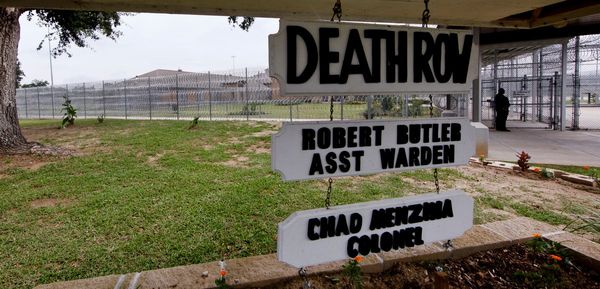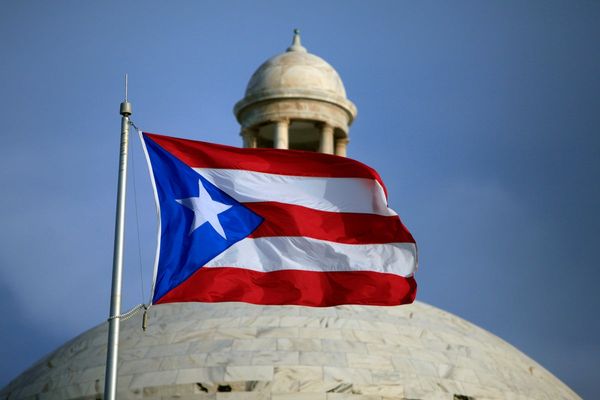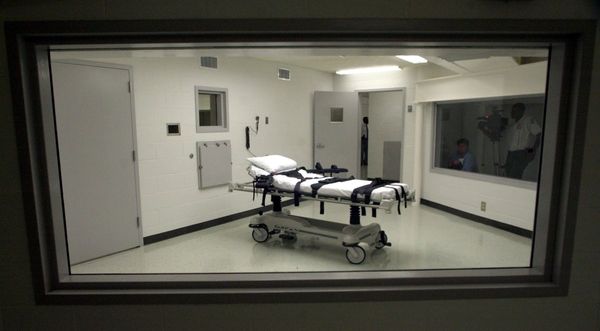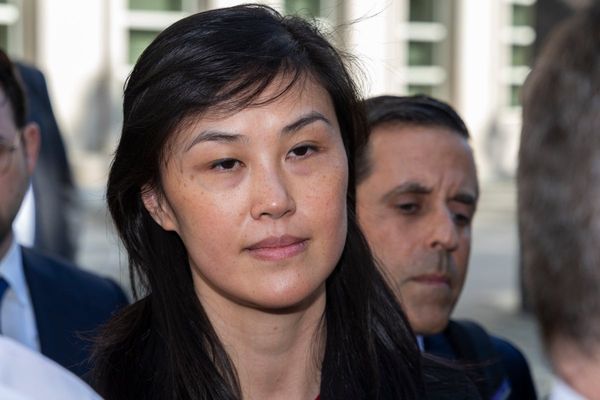LOS ANGELES —Water has always been recycled. The water molecules in your shower or cup of coffee might just be the same molecules that rained on dinosaurs more than 65 million years ago.
With the technological advancements in water recycling, however, the water that went down your sink this morning might be back in your tap sooner than you think.
The city of Los Angeles and agencies across Southern California are looking into what’s known as “direct potable reuse,” which means putting purified recycled water directly back into our drinking water systems. This differs from indirect potable reuse, where water spends time in a substantial environmental barrier such as an underground aquifer or in a reservoir.
Water recycling experts shudder at the infamous phrase “toilet to tap,” an alliteration that became popular with politicians and headline writers alike in the late 1990s when projects for using recycled water for groundwater replenishment were beginning to take shape in the San Gabriel Valley and city of Los Angeles.
Miller Brewing Co. and community groups vigorously opposed the San Gabriel Valley project, even suing agencies involved over the environmental impact reports.
Today, recurring cycles of devastating drought as well as advancements in science have softened that view.
“There’s been a public health legacy where sanitary engineering practices and regulators considered sewage a waste, it was something to be avoided, something to be feared,” said Brad Coffey of the Metropolitan Water District of Southern California. “Now that we have the technology … the public, the regulators, the scientific community has much greater confidence in our ability to safely reuse that water supply.”
Their efforts hinge on the State Water Resources Control Board, which has been tasked by legislators to develop a set of uniform regulations on direct potable reuse by Dec. 31, 2023.
The city of Los Angeles is wasting no time in readying projects that can launch once the regulations are passed.
A direct potable reuse demonstration facility near the Headworks reservoir just north of Griffith Park probably will be the state’s first approved direct potable reuse project, said Jesus Gonzalez, manager of water recycling policy at the Los Angeles Department of Water and Power. It will take advantage of recycled water produced by a facility in Glendale, but the water will not be added to the drinking water system just yet. However, it will serve as proof of concept, he said.
“This is going to be the future of L.A.’s water, the future of the state’s water supply,” Gonzalez said.
The Headworks project is scheduled to come online soon after the regulations are in place — tentatively within the next five years, Gonzalez said.
But the Headworks project is just one part of the city’s ambitious plan to recycle 100% of its wastewater by 2035 — a pledge Mayor Eric Garcetti made several years ago.
To accomplish that, the Hyperion Water Reclamation Plant — which currently treats wastewater only to the level necessary for release into Santa Monica Bay — must be converted into an advanced water purification facility that produces water clean enough to drink.
The Department of Water and Power has plans to take the water produced by Hyperion — enough for 2 million people — and put it into vast aquifers under the southern part of Los Angeles County as well as the San Fernando Valley.
There are also plans to implement direct potable reuse at the Los Angeles Aqueduct Filtration Plant in the San Fernando Valley, which currently cleans water siphoned from the Owens Valley and Mono Lake Basin up north.
The city is also working with the Water Replenishment District, which manages groundwater rights in the region, on a master plan to figure out optimal locations for injecting recycled water into aquifers.
This massive undertaking, dubbed Operation Next, has an equally large price tag — upward of $16 billion for the whole program, which is projected to be completed in 2058.
A small-scale advanced purification facility is already close to completion, constructed in partnership with Los Angeles International Airport to produce 1.5 million gallons per day of water for nonpotable uses such as toilet flushing and cooling, according to Traci Minamide, chief operating officer for L.A. Sanitation and Environment. The project will come online in spring 2023 and is considered to be another proof of concept for the larger Hyperion operation.
City officials are scrambling to find funding sources to enable Hyperion 2035 and Operation Next to move forward as intended.
“We’ve been knocking on every door, state and federally, trying to receive grants or loans,” Gonzalez said.
Another advanced water purification project at the Donald C. Tillman water reclamation plant in Van Nuys that will send water to spread into groundwater basins in the San Fernando Valley is anticipated to be completed in December 2026.
As the city pursues its ambitious plans, however, some have questioned its ability to properly maintain its existing water infrastructure.
Just a year ago, the Hyperion plant suffered catastrophic flooding that led to 17 million gallons of untreated sewage being dumped into the ocean. The failure also caused millions of gallons of drinking water to be diverted for uses normally served by recycled water, and residents of El Segundo sued the city over alleged exposure to toxic pollutants in the wake of the spill, according to court documents.
The plant is now back to full operation and normal water quality, Minamide said, and bypasses and backup storage are being built in case of future incidents.
“That spill did reinforce everybody, including us, that we do need to have monitors and alarms upstream of the wastewater plant to be able to identify any problems, whether they’re spills, whether they’re infrastructure issues,” Gonzalez said.
In the meantime, the State Water Board must consider such incidents as it develops new regulations, and consider how the regulations would hold up in a worst-case scenario.
“The key for what we’re trying to do is always protect public health, so when we’re writing these regulations, our focus is on protecting public health,” said Randy Barnard, technical operations section chief of the water board’s division of drinking water.
Since real-time monitoring of pathogens and chemicals isn’t yet possible, water treatment operators must rely on the concept of “log removals,” which measures how many contaminants are removed from the water during each step of the process, rather than how many contaminants remain in the water.
Three log removals are equivalent to removing 99.9% of the contaminant, for example. The state is requiring up to 20 log removals for certain viruses.
“We get accused of that sometimes that we’re too conservative, but it’s because we have public health at risk,” Barnard said.
The state water board has already shown a draft regulation to an expert panel that has given a preliminary finding that it sufficiently protects public health — a critical milestone in the process. Once they’re officially approved, they’ll go through an administrative and legal process that will take about a year before being formally adopted.
Water industry leaders are eager to begin working.
“The technology is that good,” said Shane Trussell, president and chief executive of Trussell Tech, which is involved in advanced water purification projects across Los Angeles, San Diego and other cities.
Once regulations are in place and bigger agencies have projects off the ground, Trussell believes smaller agencies will follow suit.
“I expect by 2040 … most of the effluent in Southern California will be recycled or well on its way to being recycled,” Trussell said.







